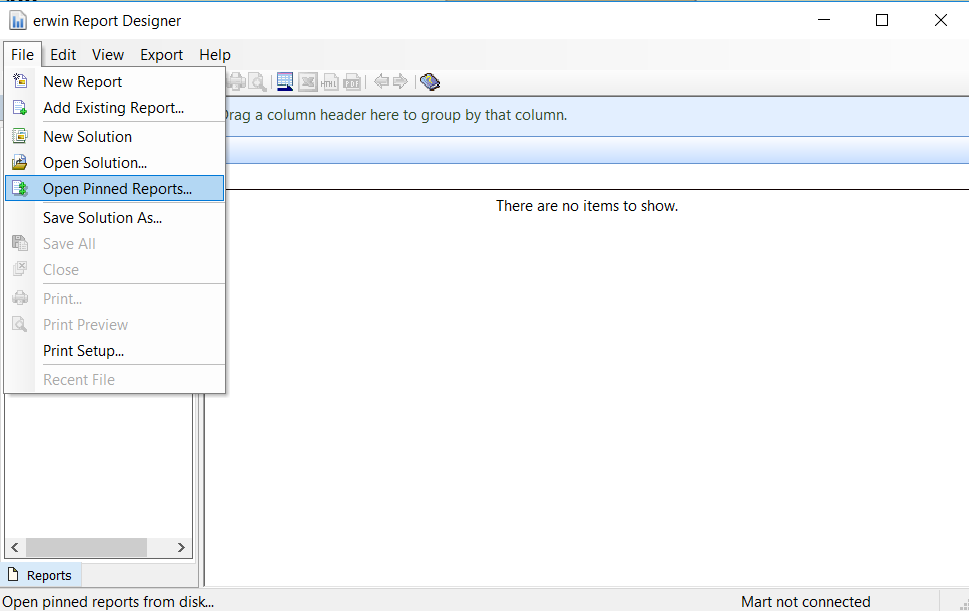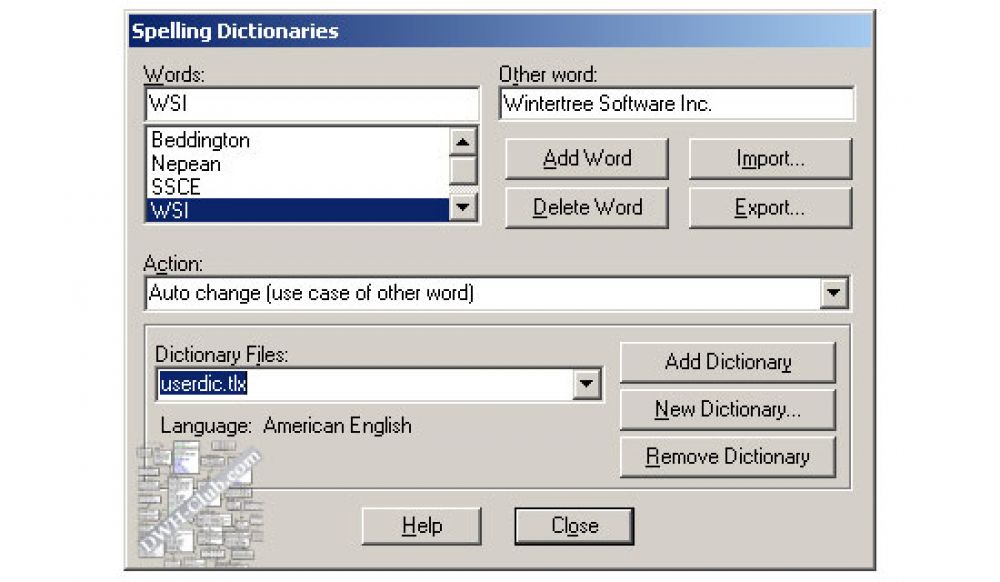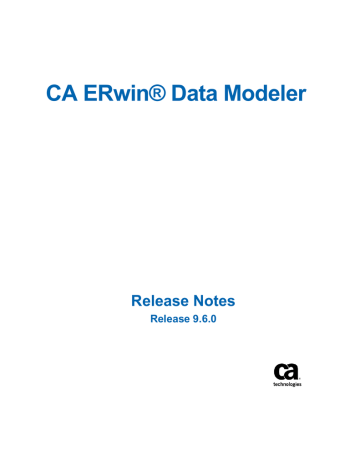

- #ERWIN DATA MODELER R9 MANUAL#
- #ERWIN DATA MODELER R9 CODE#
- #ERWIN DATA MODELER R9 DOWNLOAD#
#ERWIN DATA MODELER R9 DOWNLOAD#
Please click attachment to download the utility Definition and Comment Import with Datatypes.įor macros to work with a COM-based application, both (MS Excel and erwin DM) applications need to be on the same 32/64-bit size.
#ERWIN DATA MODELER R9 CODE#
You can review that code to see how it functions. This utility uses the CA ERwin Data Modeler API code which is embedded into the Excel macros.

Moreover, it will also create entities and their attributes if they do not pre-exist in the model while automatically adding their data types, definitions, and comments.
#ERWIN DATA MODELER R9 MANUAL#
Doing so will migrate the definitions imported into the Entity and Attributes into the Tables and Columns.Īs you can see, using this utility is much quicker and efficient than the manual method of 'copy and pasting' definitions from Excel to the model in CA ERwin Data Modeler. In the Globally Reset DBMS Property window, select the checkbox Comment that appears under Select Column Properties to Reset. If the definitions do not appear in the physical model, use the Reset Names button. To do that, go to Tools | Names | Model Naming Options, select the Name Mapping tab, and then click the Reset Names button.įigure 6. You can get the definitions to appear in the physical model by using the Model Naming Options Reset Names button.
If the entity and attribute definitions do not appear in the physical model, there may not be an existing 'link' between the Logical and Physical model. That is because that entity and its attributes are defined in the spreadsheet but did not pre-exist in the model. After running the utility, note that an extra entity "Customer" and its attributes along with its definitions appears in the model. The utility creates entities and their attributes when they exist in the Excel file but not in the model. The utility will work in a Logical only or a Logical/Physical model, but not in a Physical only model because the API code was written for logical definitions only. You can import both entity and attribute definitions by clicking both boxes, one at a time. Next, if you would like to also import the definitions for the attributes into the model, click the box for 'Update Attribute/Column Defs/Comments'. That completes the import of the entity definitions to the model. Select the file 'test.erwin' that was created during Step 1 above. Press the button for 'Update Entity/Table Defs/Comments' and you will be asked to select the file that is to be updated. That brings up the screen that is shown below. Click on the first tab, 'Update ERwin'. Go to the third tab, 'Attribute Definition'.Īs shown below, that tab contains the columns Entity Name, Attribute Name, Attribute Datatype, Attribute Definition, and Column Comment. As shown below, that tab contains the columns Entity Name, Entity Definition, and Table Comment. Go to the second tab, 'Entity Definition'. Open the attached Excel file (Definition and Comment Import with datatypes.xls). Make sure there are no definitions for those objects. Create a simple Logical/Physical model, 'Test' and add Entities and Attributes as follows. The functionality of automatically adding comments and definitions to a model has now been captured in an easy to use utility and the purpose of this document is to explain what that utility does, and how you can use it. However the difficulty in using the API is that the user also has to write a program. 
Another way of adding comments and definitions to a model is to use the API. The most common way to add comments and definitions to a model is to do that manually using the editors in CA ERwin Data Modeler, which can be time-consuming. Whatever the reason, there are many cases in which users would like to add comments and definitions to their existing models. Some reasons why that may occur may be that the database that was Reverse Engineered did not contain any comments or the database itself does not support comments. Often users have models that do not contain any comments or definitions.
Storage Performance and Utilization Management. Information Archiving & Storage Management. Hybrid Active Directory Security and Governance. Starling Identity Analytics & Risk Intelligence. One Identity Safeguard for Privileged Passwords.







 0 kommentar(er)
0 kommentar(er)
